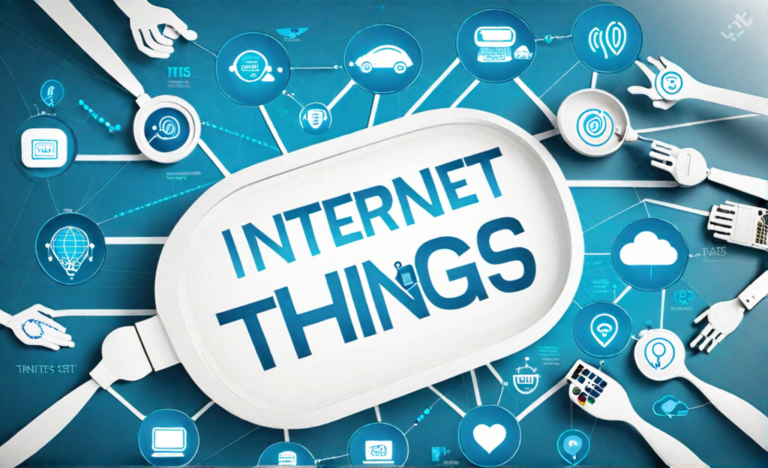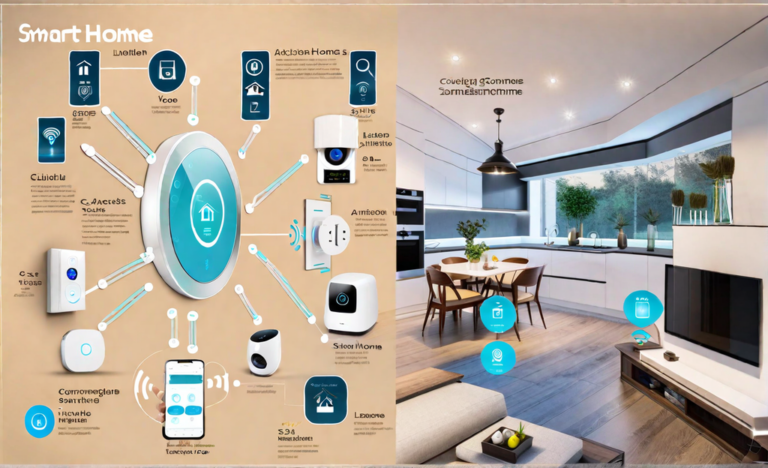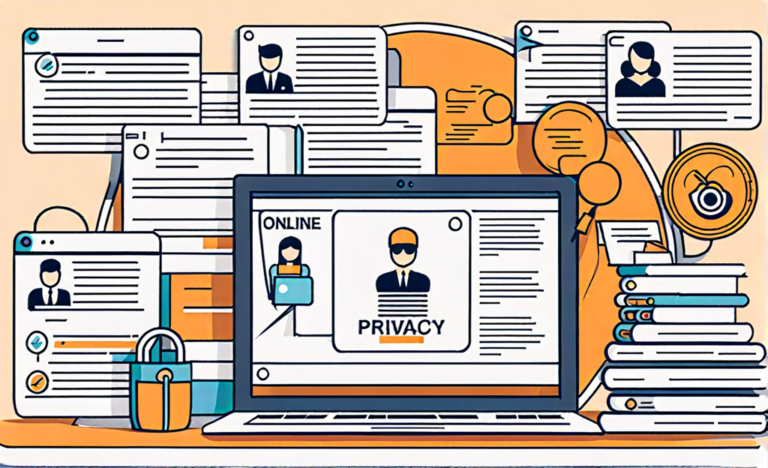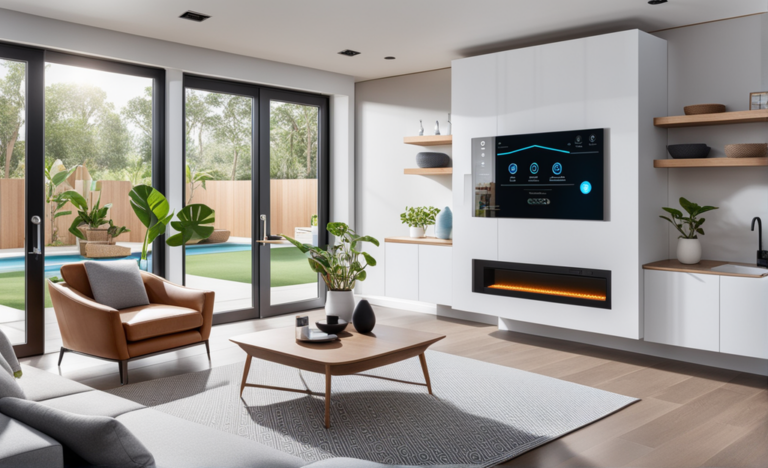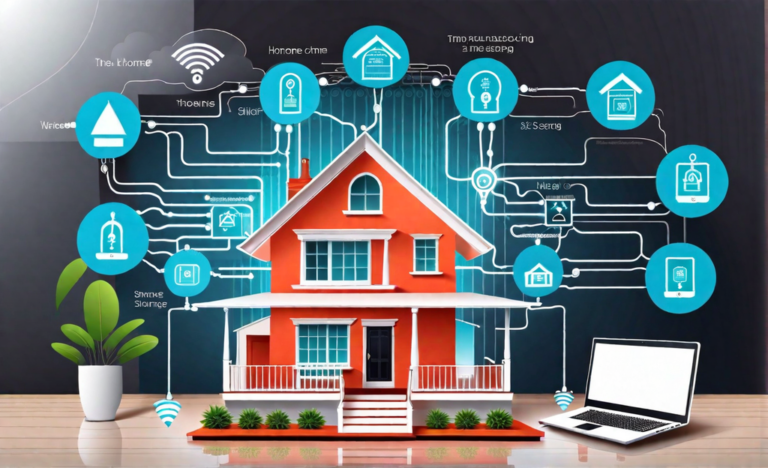How does smart home technology help the visually impaired?
The Challenges of Visual Impairment
Visual impairment, whether due to congenital conditions, progressive diseases, or injury, can significantly impact a person’s independence and quality of life. The challenges faced by the visually impaired include:
1. Navigational Difficulties
Moving safely through indoor and outdoor spaces can be a major challenge. Identifying obstacles, stairs, doorways, and signs without the assistance of sight is challenging.
2. Object Identification
Distinguishing objects and recognizing their purposes can be difficult without visual cues. This extends to identifying groceries, reading labels, or selecting clothing.
3. Reading and Access to Information
Reading printed materials, including books, documents, and labels, can be a formidable task. Access to information through traditional means is often limited.
4. Independence and Daily Tasks
Performing everyday tasks, such as cooking, setting alarms, and managing finances, can be more complex for the visually impaired.
What are the best smart home devices for the visually impaired?
Smart home technology is a game-changer for the visually impaired. It offers solutions that enhance independence, convenience, and accessibility. Here are the key ways in which these technologies empower those with visual impairments:
1. Voice Assistants and Smart Speakers
Voice-activated smart speakers like Amazon Echo with Alexa, Google Nest with Google Assistant, and Apple’s HomePod offer hands-free control over various tasks. Users can ask questions, set reminders, play music, control smart home devices, and more using voice commands. For the visually impaired, this technology provides a more natural and accessible way to interact with devices and access information.
2. Smartphones and Mobile Apps
Smartphones are invaluable tools for the visually impaired, equipped with screen readers, magnification, and voice control features. A wide range of apps enhances accessibility, allowing users to:
- Read Text Aloud: Text-to-speech apps convert written text into speech, making digital content accessible.
- Scan and Identify Objects: Apps like Be My Eyes and Seeing AI use a smartphone’s camera to identify objects, read text, and provide information about the environment.
- Navigate with GPS: GPS apps provide real-time navigation, helping users move safely through unfamiliar spaces.
- Braille Learning: Apps like Braille Tutor facilitate learning and practice of Braille, an important skill for the visually impaired.
- Digital Libraries: Accessible digital libraries and audiobook services provide a vast array of reading material.
3. Smart Home Control and Automation
Smart home technology allows the visually impaired to control and automate various aspects of their living space:
- Smart Lighting: Lighting control systems like Philips Hue enable users to adjust lighting levels and colors through voice commands. Smart lighting can be set to mimic natural light cycles or provide specific lighting for various tasks.
- Voice-Controlled Appliances: Smart plugs and outlets allow control of appliances via voice commands. Users can turn on/off, set timers, and manage their devices conveniently.
- Thermostats: Smart thermostats like the Nest Learning Thermostat can be controlled through voice commands and adjusted remotely, ensuring comfort and energy efficiency.
- Security and Safety: Smart security systems with voice control features provide real-time monitoring, secure access, and notification alerts.
4. Navigation and Wayfinding
Navigating both indoor and outdoor environments can be made easier through the following technologies:
- Smart Cane Attachments: Smart cane attachments can detect obstacles and offer haptic or auditory feedback to guide users.
- Indoor Navigation Systems: Indoor navigation apps, like BlindSquare and Lazarillo, provide audio guidance in public spaces, such as shopping malls, airports, and public transportation hubs.
- GPS and Location Services: GPS apps offer real-time location information and can help users navigate outdoor environments independently.
5. Accessible Home Appliances and Devices
Many appliances and devices are now designed with accessibility in mind:
- Accessible Smart TVs: Smart TVs with voice control features and screen-reading capabilities offer an accessible entertainment experience.
- Voice-Controlled Cooking Appliances: Devices like the Instant Pot Smart WiFi can be controlled through voice commands, simplifying cooking and meal preparation.
- Accessible Home Phones: Voice-activated home phones are equipped with large buttons and voice dialing, making phone communication more accessible.
The Future of Smart Home Technology for the Visually Impaired
As technology continues to evolve, the future of smart home technology for the visually impaired holds significant promise:
1. Advancements in Voice Assistants
Voice assistants will become even more sophisticated, offering a wider range of commands and enhancing natural language processing.
2. Integration of Artificial Intelligence (AI)
AI-driven devices will provide more personalized and predictive experiences. For example, AI can anticipate users’ needs and proactively offer assistance.
3. Enhanced Accessibility Features
Smart home devices will continue to be designed with a focus on accessibility, making them more intuitive and user-friendly for the visually impaired.
4. Wearable and Implantable Technology
Wearable and implantable devices may offer innovative solutions for the visually impaired, such as retinal implants and haptic feedback wearables.
5. Community and Peer Support
Online communities and peer support networks will continue to play a vital role in sharing information and experiences related to smart home technology for the visually impaired.
In conclusion, smart home technology is transforming the lives of the visually impaired, offering increased independence, accessibility, and convenience. As technology continues to advance and become more affordable, the future holds even more exciting possibilities for enhancing the lives of those with visual impairments. These innovations not only empower individuals but also contribute to a more inclusive and accessible society.


